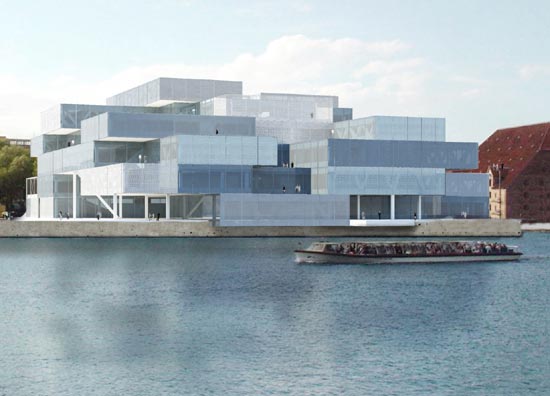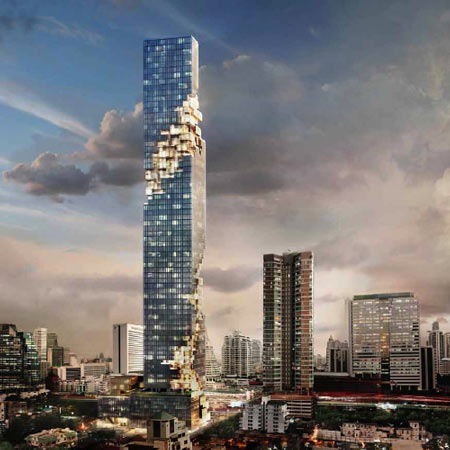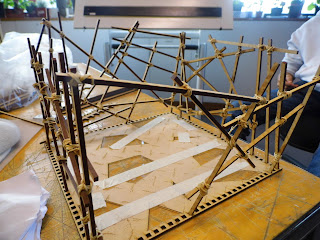We decided to try weaving together seaweed and rice paper in order to make them slightly stronger than they were on their own. This was a rather time consuming (as we had to be careful not to break the pieces as we were weaving them) yet rewarding experience. However, once we completed the weave we found that although this was stronger than the pieces had been individually, it was still quite brittle and there was nothing to hold the weave in place. Therefore we decided to create a binding backing for it with glue.
Since this is a very lightweight material we feel that it gives us many opportunities to incorporate into one or both of our vehicles.
Since this is a very lightweight material we feel that it gives us many opportunities to incorporate into one or both of our vehicles.




































.jpg/800px-Night_aerial_view_of_Kazan,_Russia_(2007).jpg)
















